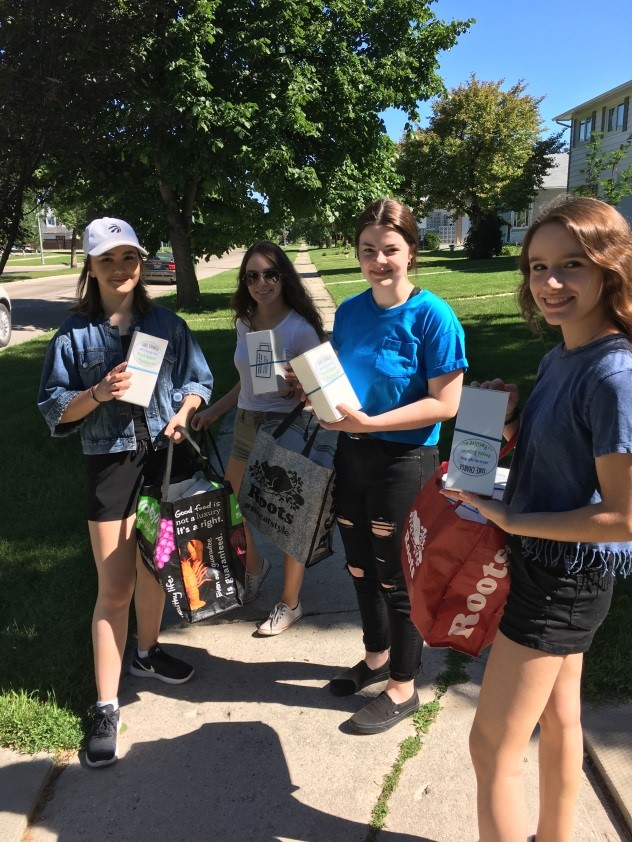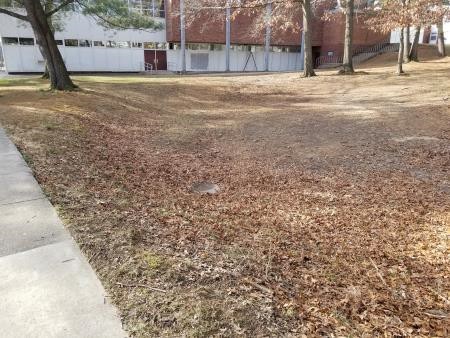 2019, Timonium, Maryland, USA
2019, Timonium, Maryland, USA
The Green Club of Ridgely Middle School’s plan for improving the quality of the Chesapeake watershed is growing a stormwater garden that contains plants native to Maryland. The people involved in this proposal are Riya Mahale and Sunny Shen. The garden’s purpose is to absorb some of the runoff that eventually ends up in the Chesapeake Bay. According to National Geographic, runoff is an overflow of water. It occurs when the land is unable to absorb any more water and the excess water runs across the land, eventually ending up in a body of water, like a bay or river. In this case, it is the Chesapeake Bay.
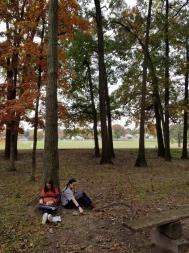 Unfortunately, whatever pollutants the runoff contained also ends up in the Chesapeake Bay. This damages the Chesapeake watershed and the ecosystems that rely on it.
Unfortunately, whatever pollutants the runoff contained also ends up in the Chesapeake Bay. This damages the Chesapeake watershed and the ecosystems that rely on it.
This proposal aims to improve the quality of our watershed by reducing the amount of runoff that feeds into the Bay. The garden would be at the base of a hill at Ridgely Middle School where excess water would collect after rain. There, the plants in the garden would be able to efficiently soak up some of the runoff and the pollutants in it before it reaches the Chesapeake.
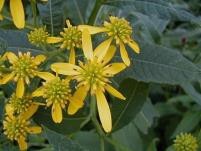
The garden is going to be completely made up of plants native to Maryland. Having a garden completely compiled of native plants means that there won’t be a risk of invasive plants spreading and harming the native ecosystem. The garden would be able to support those ecosystems native to Maryland. Students at Ridgely Middle would also have exposure to native wildlife. The garden will be quite large, as it will have an area of 100 ft2 and a perimeter of 20 feet.
For a project so beneficial to the watershed and its ecosystems, it is relatively uncostly if one already has a basic set of gardening tools. Because all the plants are native, there is no risk of invasion and native ecosystems are supported. Native stormwater gardens are not only an environmentally conscious and simple way of reducing watershed pollution, but they are also practical, making them a good choice for helping watersheds and the species that rely on them.
 2019, The Pas, Manitoba, Canada
2019, The Pas, Manitoba, Canada
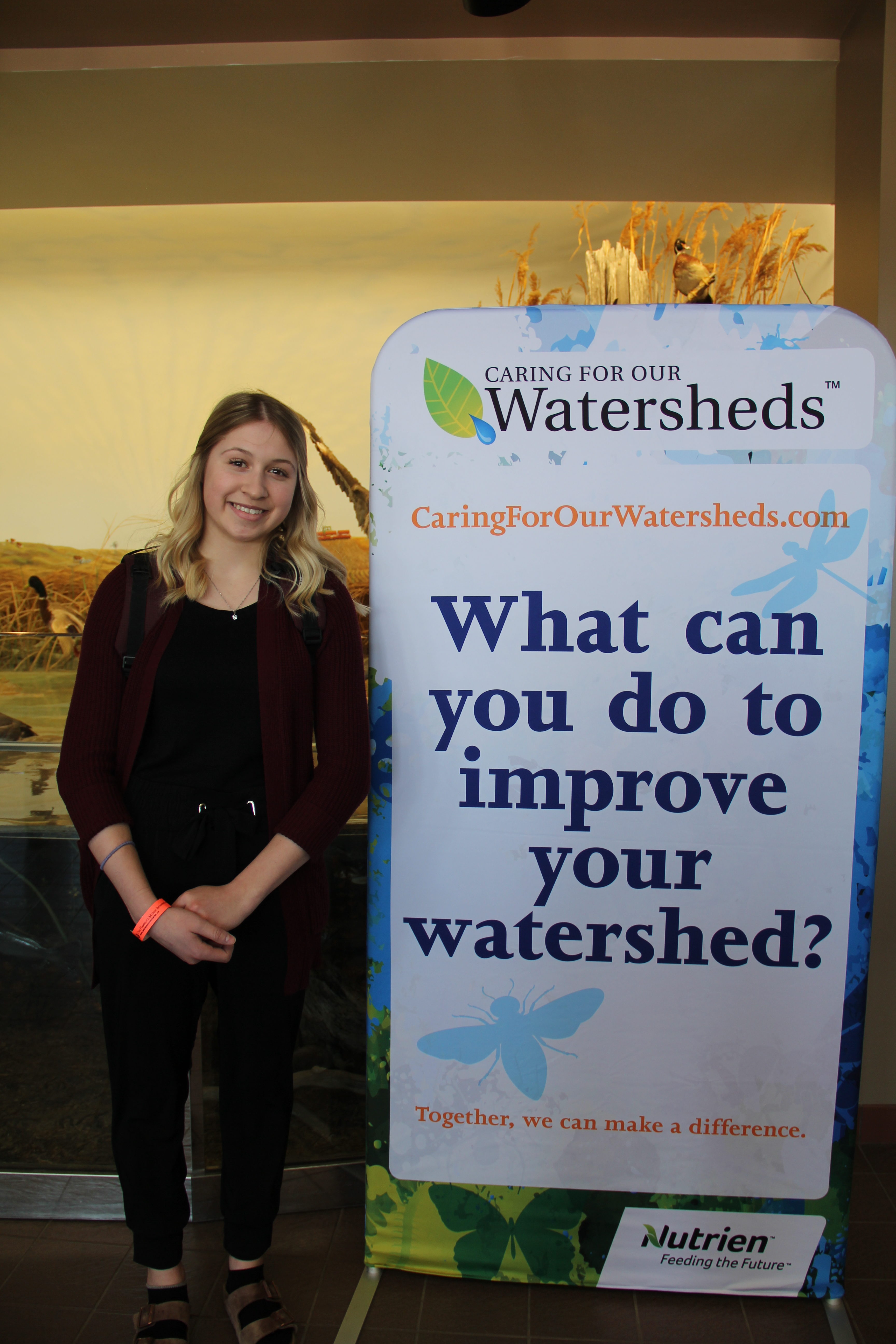 You may not know this, but plastic toothbrushes create major toothaches for our environment.
You may not know this, but plastic toothbrushes create major toothaches for our environment. 2019, Timonium, Maryland, USA
2019, Timonium, Maryland, USA Unfortunately, whatever pollutants the runoff contained also ends up in the Chesapeake Bay. This damages the Chesapeake watershed and the ecosystems that rely on it.
Unfortunately, whatever pollutants the runoff contained also ends up in the Chesapeake Bay. This damages the Chesapeake watershed and the ecosystems that rely on it.
 Ten students from Berlin Intermediate School (BIS) (Heydein, Makai, Amber, Shane, Brandon, Brooklyn, Sage, Domnic, Lilah, Declan) created Project Nature in the Spring of 2019. The goal of Project Nature was to assess BIS’ school grounds and implement best management practices to improve their local Coastal Bays’ watershed. After weeks of research, democratically voting, and schoolground surveys, the students decided to undertake a three-part plan.
Ten students from Berlin Intermediate School (BIS) (Heydein, Makai, Amber, Shane, Brandon, Brooklyn, Sage, Domnic, Lilah, Declan) created Project Nature in the Spring of 2019. The goal of Project Nature was to assess BIS’ school grounds and implement best management practices to improve their local Coastal Bays’ watershed. After weeks of research, democratically voting, and schoolground surveys, the students decided to undertake a three-part plan.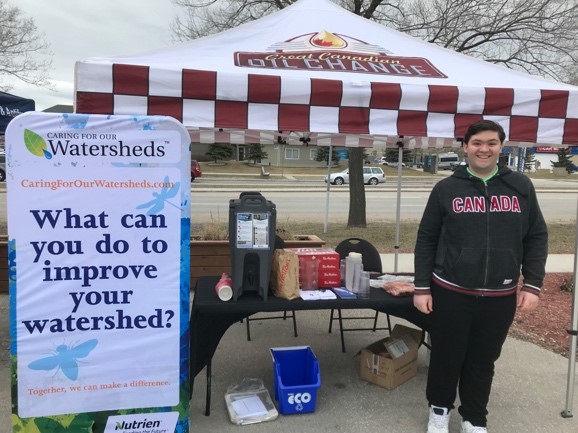 2019, Winnipeg, Manitoba, Canada
2019, Winnipeg, Manitoba, Canada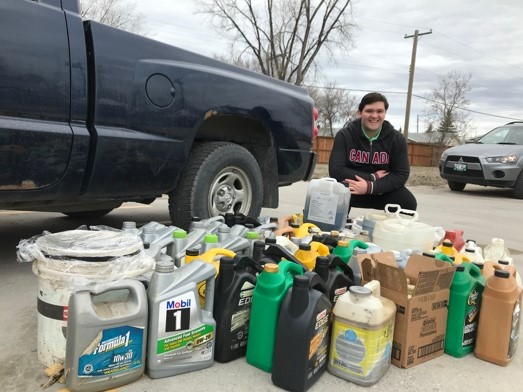 He partnered with his local Great Canadian Oil Change to put on an event so that people could bring in their used oil and other household products for proper and environmentally safe disposal. He was able to educate community members about disposing of these products any time at drop-off sites such as the Great Canadian Oil Change that he hosted his event at.
He partnered with his local Great Canadian Oil Change to put on an event so that people could bring in their used oil and other household products for proper and environmentally safe disposal. He was able to educate community members about disposing of these products any time at drop-off sites such as the Great Canadian Oil Change that he hosted his event at.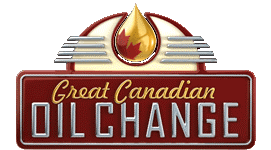
 2019, Carman, Manitoba, Canada
2019, Carman, Manitoba, Canada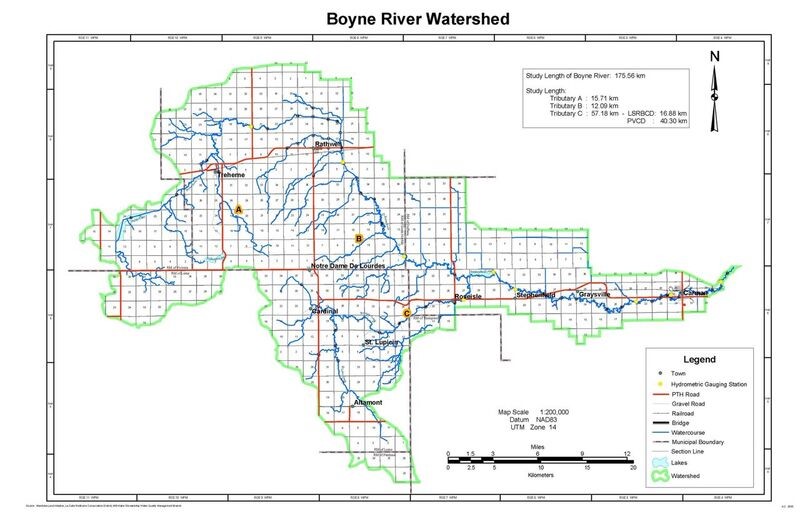 “In the end, helping someone understand how they can positively affect the environment is a challenge, but can have personal, as well as global impacts. I believe teaching the young students will promote a lifestyle that contributes to a healthy environment, since they are the future.”
“In the end, helping someone understand how they can positively affect the environment is a challenge, but can have personal, as well as global impacts. I believe teaching the young students will promote a lifestyle that contributes to a healthy environment, since they are the future.”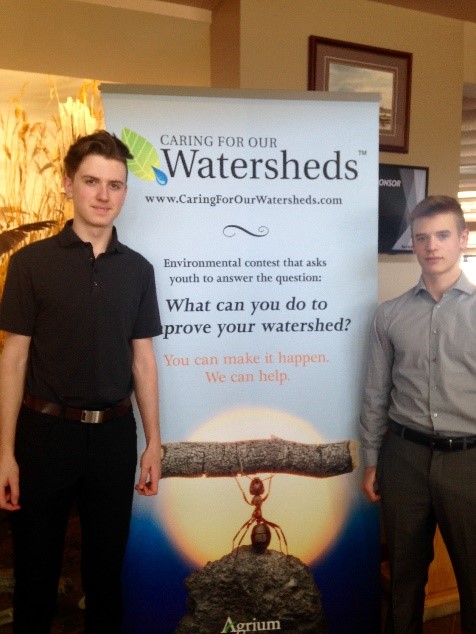 2019, Winnipeg, Manitoba, Canada
2019, Winnipeg, Manitoba, Canada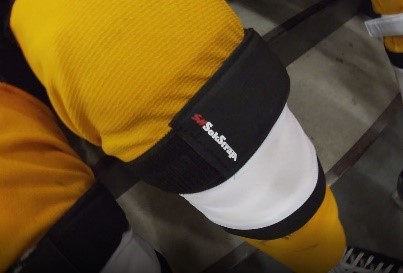 They provided their hockey team members with SokStraps to use instead of plastic hockey tape. Many of the students liked the way they worked and made the full-time transition to SokStraps.
They provided their hockey team members with SokStraps to use instead of plastic hockey tape. Many of the students liked the way they worked and made the full-time transition to SokStraps.

 2019, Selkirk, Manitoba, Canada
2019, Selkirk, Manitoba, Canada
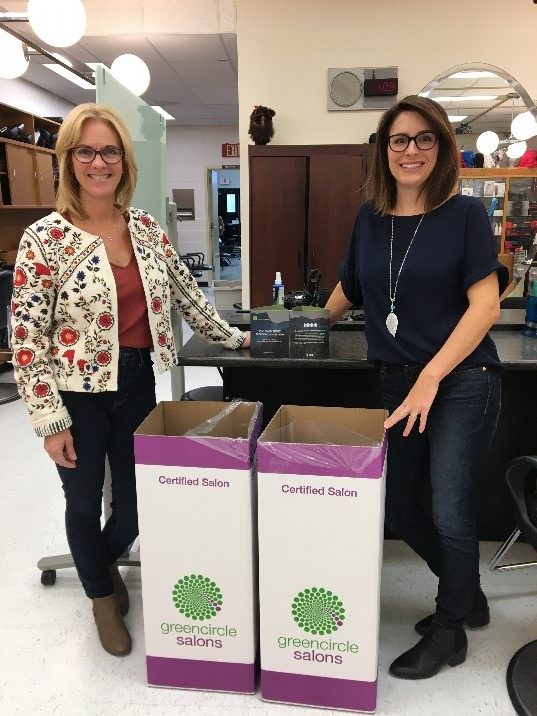 “This would be a great deal of change at a small price and it is shameful to still think that our salon and other salons have not progressed to this eco-friendly level. It is probably because most salons do not know about this affordable idea. It is our job as the future generation to spread awareness to help save our environment.”
“This would be a great deal of change at a small price and it is shameful to still think that our salon and other salons have not progressed to this eco-friendly level. It is probably because most salons do not know about this affordable idea. It is our job as the future generation to spread awareness to help save our environment.”
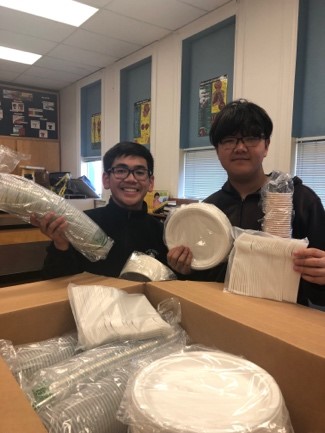 2019, Winnipeg, Manitoba, Canada
2019, Winnipeg, Manitoba, Canada

